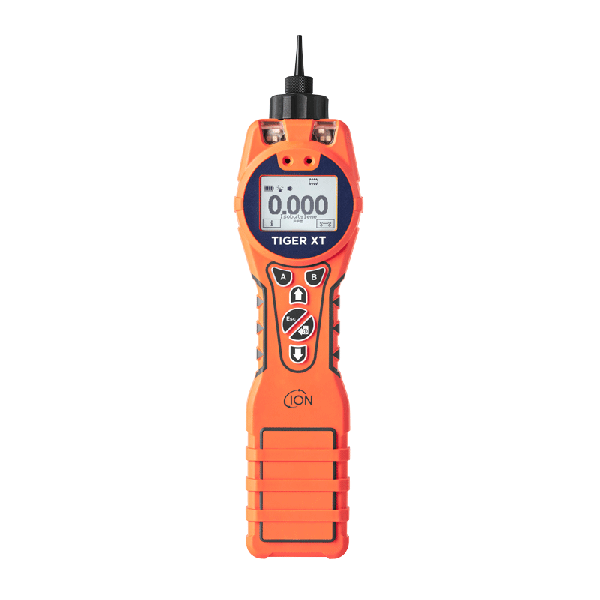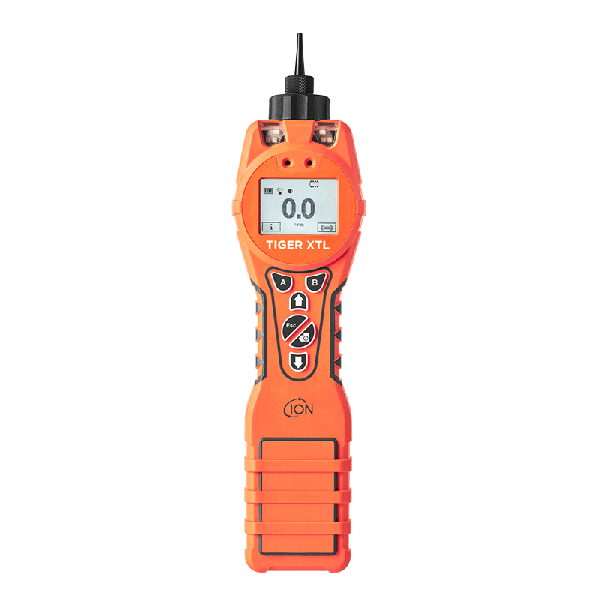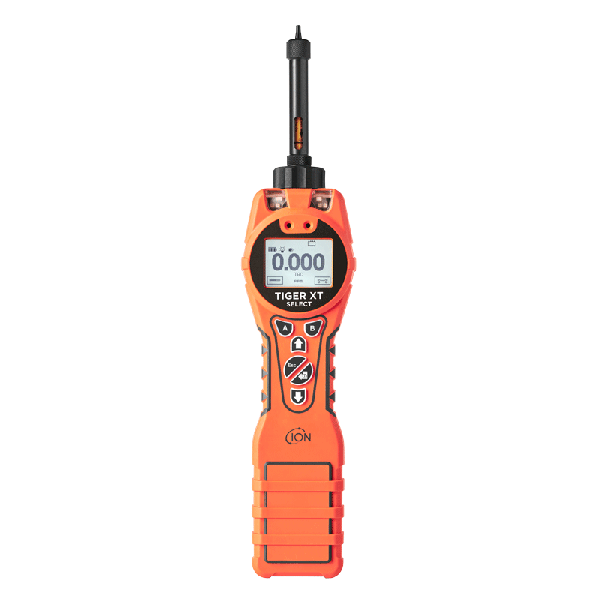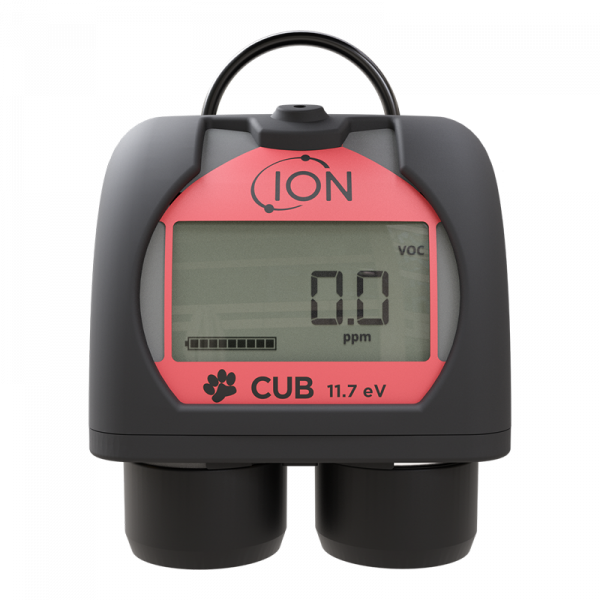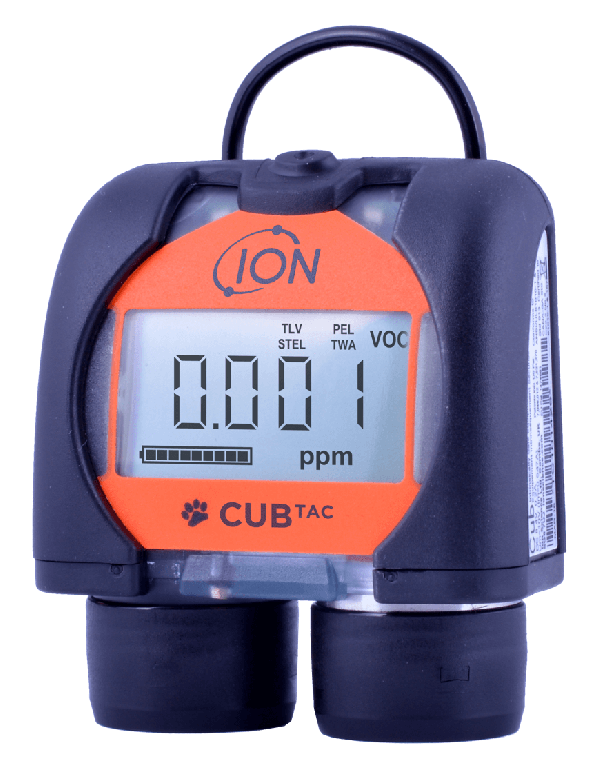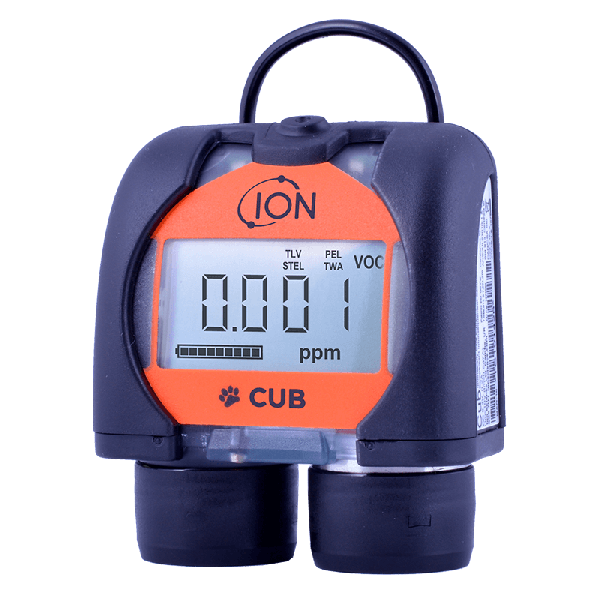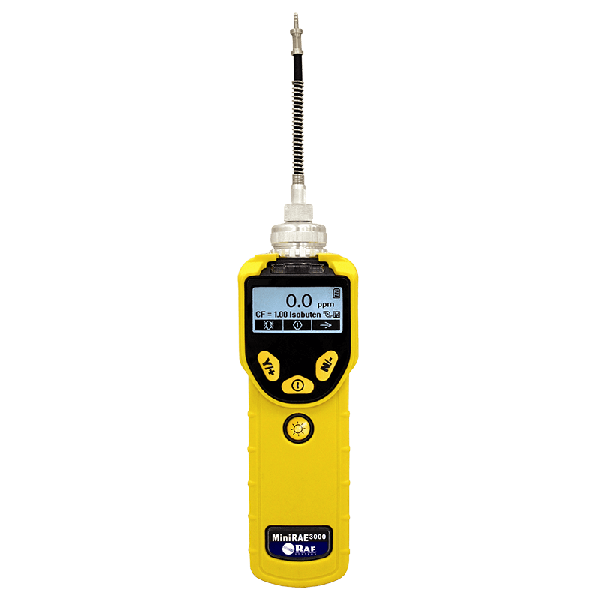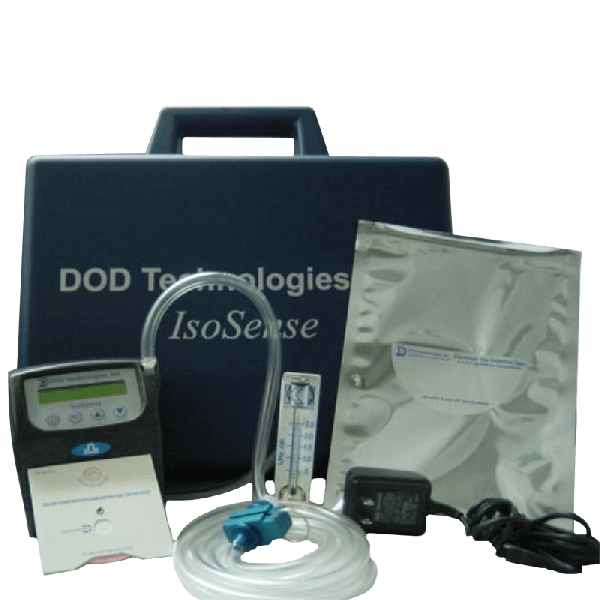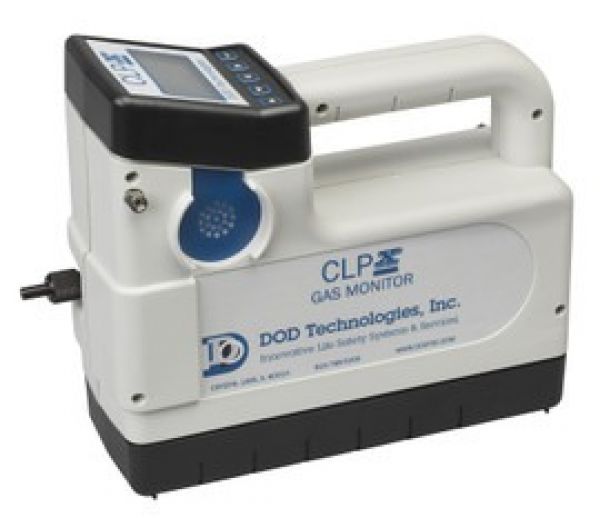Volatile organic compounds (VOCs) are organic compounds that readily evaporate at room temperature. The term VOC categorises a wide variety of organic chemical compounds, many of which people are commonly exposed to on a day-to-day basis. VOCs are often emitted from, or are found in, products such as paints, cleaning products, petroleum fuels and many more. Some common examples of VOCs are formaldehyde, benzene, toluene and acetone.
The effect of VOC exposure is dependent on the specific compound but physical symptoms can range from headaches and dizziness to cancer and lung disease. Additionally, VOCs have a number of negative environmental impacts, including contributing to air pollution through the production of tropospheric ozone. Monitoring is therefore essential to ensure individuals and the environment are not exposed to excessive levels of VOCs.
Volatile organic compound (VOC) monitors measure the concentration of VOCs, most commonly by utilising photoionisation detection technology. Photoionisation detectors (PIDs) such as the Ion Science Tiger Series provide rapid and reliable measurements of atmospheric VOC concentrations, also allowing the user to identify areas of high concentration and find the source of the emissions. Compared to regular gas monitors, PIDs are often specialised to be highly sensitive to low concentrations of VOCs, making them ideal for detecting trace levels. As such, they are commonly used by occupational hygienists and safety professionals when identifying hazards and conducting risk assessment so that control measures can be implemented to mitigate or eliminate hazards posed by VOCs in the workplace.
VOCs need to be monitored due to the serious health hazards they pose. The effect of VOCs on human health depends on the VOC. For example, benzene is emitted from burning fossil fuels, at service stations or from car exhaust fumes and is both acutely toxic in the short-term, causing symptoms such as headaches and respiratory tract irritation, and is also a known carcinogen when individuals are exposed long-term. Due to the significant health consequences of excessive exposure to VOCs, monitoring in workplaces is essential to determine what forms of risk management need to be implemented and to ensure hazard mitigation measures are operating effectively to protect workers and communities nearby.
Volatile Organic Compounds (VOCs) are naturally present in the environment due to biogenic emissions, but human activities such as industrial processes and vehicular emissions have significantly increased their levels. This excessive increase in VOCs from human sources can be harmful to the environment.
The main way that VOCs affect the environment is through air pollution. VOCs emitted from motor vehicles and industry are a significant contributor of lower atmospheric pollution. A notable issue that VOCs contribute to is the production of surface-level ozone as it is largely caused by the interaction of nitrogen oxides and UV light. Whilst the ozone layer in the stratosphere protects the earth from harmful UV radiation, at the surface it is a potent pollutant and is known to have health impacts ranging from minor respiratory irritation to long-term lung damage.
Certain VOCs do contribute to global warming, but to varying degrees depending on the specific compound. While some VOCs are greenhouse gases and contribute directly to the greenhouse effect, their impact is relatively minor when compared to more significant contributors such as carbon dioxide and methane.
Air-Met Scientific offers a range of photoionisation detectors (PID) for short and long term hire. PIDs from leading brands such as Ion Science are available from all Air-Met Scientific rental offices across Australia. Our offices are located in Melbourne, Sydney, Perth, Adelaide, Brisbane and Mackay. Contact your local Air-Met Rental office to discuss your gas detection hire needs.
To ensure that readings are accurate, and individuals are kept safe, PIDs must be serviced and calibrated at regular intervals specified by the manufacturer. Maintenance requirements are generally detailed in the instrument manual. Air-Met Scientific supports businesses to meet their equipment maintenance needs by providing reliable and efficient service and calibration across Australia. Book in your photoionasation detector for a service or calibration today.

